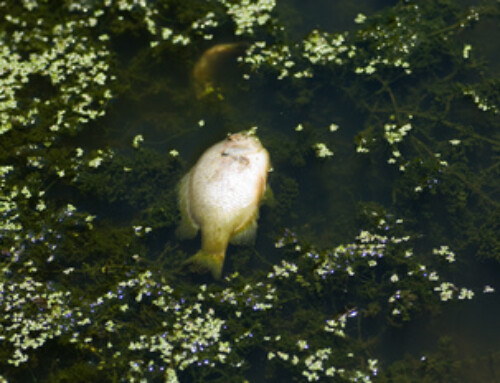Many years ago I was fishing on Lake Winnebago on a quiet summer’s day fishing for perch. My usually friends, the seagulls, came to visit me to try to get a free meal. Out of the west a large bird flew in and joined the gulls. I watched the bird closely, and my years of training on birds from my grandmother who was an ornithologist (bird expert), came up empty. I identified the bird as a pelican, but that would be like seeing Big Foot in downtown Chicago, I thought to myself. After a little research and some conversations with local experts, I had seen an American White Pelican. These birds are now very common on this body of water, with over 2000 nesting pairs on the system.
 The American White Pelican had become protected under the Migratory Bird Treaty Act of 1918. In 1987 they were removed from the endangered list as their populations had started to flourish once again. Typically they were found west of the Mississippi River, but about ten years ago started showing up in the Horicon Marsh and the Bay of Green Bay. It was only inevitable that they would inhabit the large water body in between those two points in Lake Winnebago.
The American White Pelican had become protected under the Migratory Bird Treaty Act of 1918. In 1987 they were removed from the endangered list as their populations had started to flourish once again. Typically they were found west of the Mississippi River, but about ten years ago started showing up in the Horicon Marsh and the Bay of Green Bay. It was only inevitable that they would inhabit the large water body in between those two points in Lake Winnebago.
White Pelicans are large birds with wing spans to almost ten feet as an adult. They are completely white except their under-wing which is black. The distinctive long, fat orange pouch bill is the readily identifiable trait common to most pelicans. Male and females are nearly identical in appearance as full grown adults. Full grown adults weigh roughly 7 pounds, and have a life span of 12-14 years. The birds are migratory and generally leave Wisconsin in September. They head south to the Gulf Coast, Mexico or California and return each spring to Wisconsin to breed. The nests are found along the shorelines, islands, or marshes especially in the brush. These birds are very group orientated, and tend to nest in colonies.
The white pelican eats almost exclusively fish, thriving on bait fish like gizzard shad or young of the year hatches. They do not dive for their fish; rather they scoop up a mouthful of water, tilt their heads down (allowing the water to drain out of their mouths), and consume their catch. White pelicans consume 3 to 4 pounds of fish daily and will work together in a group to push bait fish together (with their webbed feet) for easier hunting. So where there are feeding pelicans, chances are there is a baitfish school nearby.
If you wish to observe the pelicans on Lake Winnebago, there is a small colony south of Wendt’s (Van Dyne, WI) in the bays along Hwy 45. There are numerous colonies surrounding the Oshkosh area and north to Neenah. The best way to observe the birds is from a boat on a quiet weekday. Many times with a quiet non threatening approach one may get relatively close to the subject. Make sure to take your camera for some great pictures.
Information sources:
http://www.dnr.state.wi.us/org/caer/ce/eek/critter/bird/pelican.htm
www.bird.cornell.edu





